Home>diy>Planning & Engineering>What Zoning Allows Mobile Homes
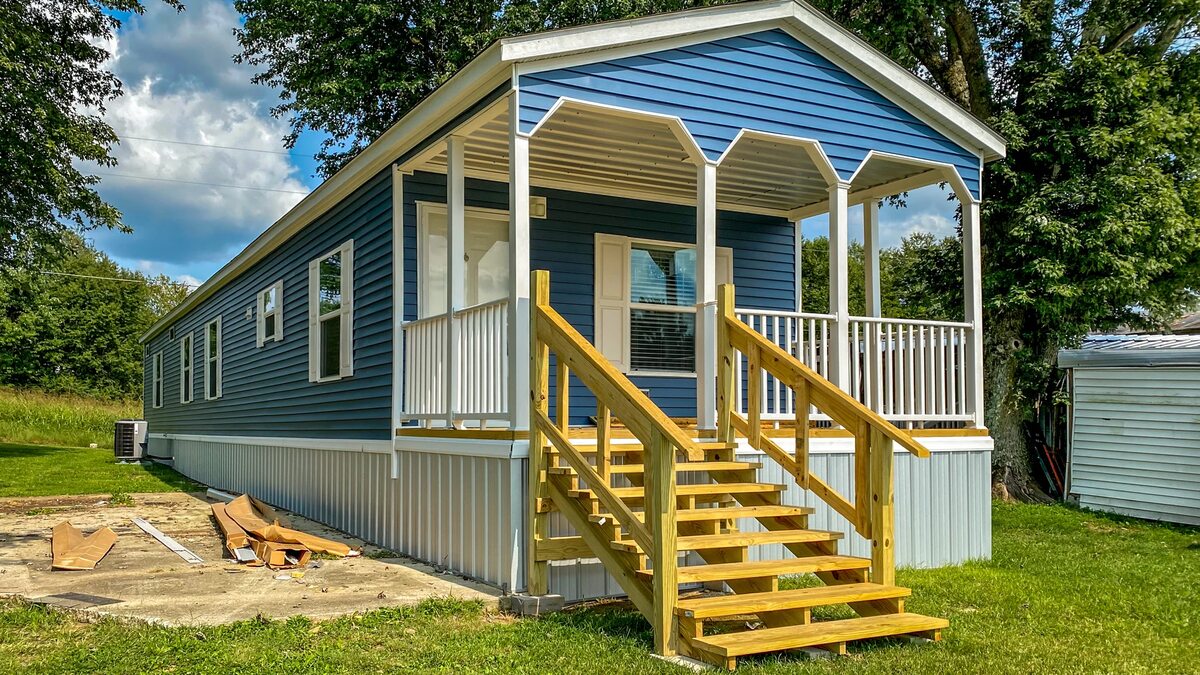

Planning & Engineering
What Zoning Allows Mobile Homes
Modified: December 7, 2023
Discover what zoning regulations allow mobile homes and how planning engineering plays a crucial role in determining their placement. Learn more today!
(Many of the links in this article redirect to a specific reviewed product. Your purchase of these products through affiliate links helps to generate commission for Storables.com, at no extra cost. Learn more)
Introduction
Mobile homes have become a popular housing option for many individuals and families in recent years. These manufactured homes offer affordability, flexibility, and the ability to quickly establish a comfortable living space. However, the placement of mobile homes is subject to regulations set by local authorities. These rules, known as zoning regulations, dictate where mobile homes can be located within a given jurisdiction. Understanding what zoning allows for mobile homes is crucial for those considering purchasing or relocating a mobile home.
Zoning is a planning and land-use management tool used by local governments to control the development, use, and appearance of land within their jurisdiction. It aims to maintain a balance between different types of land use and ensure the well-being of residents and the surrounding environment. Zoning regulations divide land into various zones or districts, such as residential, commercial, industrial, and agricultural. Each zone is assigned specific permitted uses, density limits, setback requirements, and other restrictions.
When it comes to mobile homes, zoning regulations play a crucial role in determining where these housing units can be placed. Depending on the area, zoning may allow mobile homes in designated zones or have specific mobile home parks where they can be situated. The regulations could vary from one jurisdiction to another, so it’s essential to consult the local zoning ordinances to understand the specific rules in a particular area.
Understanding the benefits and challenges associated with zoning regulations for mobile homes is crucial for both prospective mobile home owners and local authorities. By striking a balance between the need for affordable housing options and maintaining community standards, zoning regulations can provide a framework that benefits all parties involved. Let’s dive deeper into the zoning regulations for mobile homes and explore the advantages and challenges they present.
Key Takeaways:
- Zoning regulations for mobile homes balance affordability and community standards, preserving the character of neighborhoods while providing diverse housing options and revitalizing underutilized areas.
- Overcoming challenges such as NIMBY opposition and infrastructure requirements is crucial for integrating mobile homes into communities, requiring collaborative efforts to meet housing needs while maintaining overall integrity.
Definition of Zoning
Zoning is a legal mechanism used by local governments to regulate how land can be used within their jurisdiction. It involves dividing a municipality or a region into specific zones or districts, each with its own set of permitted land uses, building requirements, and development standards. The primary purpose of zoning is to ensure that land use is organized in a way that promotes public health, safety, and welfare, while also preserving the character and integrity of different areas.
Zoning regulations typically categorize land uses into several zones, such as residential, commercial, industrial, agricultural, and recreational. Each zone is assigned specific permitted uses and may have different restrictions on the size, density, height, setbacks, parking requirements, and other aspects of development.
The process of zoning involves comprehensive planning and zoning ordinances, which are local laws that apply to the designated areas. These ordinances are created and enforced by local planning departments or zoning boards. Zoning regulations are typically derived from a municipality’s long-term land use plan, which sets the vision and goals for the community’s development.
Through zoning, local governments can ensure that residential areas are designated for housing, commercial areas for businesses, and industrial areas for manufacturing and industrial activities. This helps prevent incompatible land uses from interfering with each other and reduces the negative impacts on residents’ quality of life.
Zoning serves several purposes, including:
- Controlling land use to protect property values and ensure harmonious development
- Promoting public safety and minimizing hazards
- Preserving natural resources and open space
- Fostering economic development and attracting businesses to appropriate areas
- Creating a sense of community and enhancing neighborhood aesthetics
It’s important to note that zoning regulations can vary significantly from one jurisdiction to another. Different regions have different needs and priorities, which are reflected in their zoning ordinances. Therefore, it’s crucial for property owners, developers, and individuals looking to relocate or establish a specific land use to understand the zoning regulations in the area they are considering.
Mobile Homes
Mobile homes, also known as manufactured homes, are prefabricated housing units that are built off-site and transported to their final location. These homes are designed and constructed in a factory setting, offering a more cost-effective and efficient alternative to traditional site-built homes. Mobile homes have come a long way in terms of design, quality, and energy efficiency, making them a viable housing option for many individuals and families.
Mobile homes are typically built on steel frames and are transported to their destination via truck or trailer. Once they arrive at the desired location, they are typically placed on a permanent foundation or set up in designated mobile home parks. Mobile homes can vary in size and layout, ranging from single-wide units to larger double-wide or triple-wide models.
These homes offer several benefits, including affordability, flexibility, and the ability to quickly establish a comfortable living space. Mobile homes are often priced lower than traditional site-built homes, making them a more accessible option for those with limited budgets or looking for more affordable housing solutions.
The flexibility of mobile homes allows for easy relocation, making them suitable for individuals or families who desire a more transient lifestyle or want the option to move to a new location in the future. The relatively quick construction process of mobile homes also allows for a faster move-in time compared to traditional homes, minimizing the waiting period for homeowners.
Mobile homes are subject to various building and safety regulations to ensure they meet certain standards of construction. These regulations are typically set at the national level and vary from country to country. In the United States, for example, the Department of Housing and Urban Development (HUD) sets standards for manufactured homes to ensure they are structurally sound and comply with safety and energy efficiency requirements.
While mobile homes offer many advantages, it’s important to note that they may not be suitable for all locations or lifestyles. Zoning regulations play a crucial role in determining where mobile homes can be placed. These regulations aim to balance the need for affordable housing with the maintenance of community standards and often designate specific zones or mobile home parks for mobile home placement.
In the next section, we will dive into zoning regulations for mobile homes and explore how they impact the placement and development of these housing units.
Zoning Regulations for Mobile Homes
Zoning regulations for mobile homes vary depending on the specific jurisdiction and local ordinances. These regulations dictate where and how mobile homes can be placed within a community, ensuring that they are in line with the overall land use plan and community standards.
Some areas have specific zones designated for mobile homes, known as mobile home districts. These districts are typically established to provide affordable housing options and accommodate the unique characteristics of mobile homes. Within these designated zones, mobile homes are generally allowed as a permitted land use without the need for special permissions or variances.
In other cases, mobile homes may be allowed as an accessory use, meaning they can be placed on a property alongside a primary residential structure, such as a traditional site-built home. This allows homeowners to utilize a mobile home as an additional living space or for temporary accommodation while their main home is being renovated or constructed.
However, it’s important to note that not all areas are zoned to allow mobile homes. Some communities may have specific restrictive zoning regulations that prohibit the placement of mobile homes altogether. This is done to maintain the aesthetic appeal of the area, preserve property values, or address concerns about overcrowding or unsuitable development.
Additionally, even in areas where mobile homes are permitted, there may be specific requirements and standards that must be met. These could include regulations regarding setbacks from property lines, minimum lot sizes, foundation types, accessibility, and architectural design criteria. It’s essential to consult the local zoning ordinances and engage with the relevant authorities to understand and adhere to these regulations when considering the placement or development of a mobile home.
Community rules and regulations within mobile home parks may also come into play. Mobile home parks typically have their own set of guidelines and restrictions, ensuring that the mobile homes within the park meet certain standards and contribute to a cohesive community environment. These rules may cover aspects such as home appearance, maintenance, noise levels, and shared amenities, all of which aim to create a harmonious living environment for park residents.
Compliance with zoning regulations for mobile homes is crucial to ensure that the placement of these housing units aligns with community planning goals, maintains the overall character of the area, and adheres to safety and quality standards. By understanding and following these regulations, mobile home owners can enjoy the benefits of their chosen housing option while respecting the needs and requirements of the community.
Check with your local zoning department to find out which zones allow for mobile homes. Each municipality has its own regulations and restrictions regarding mobile home placement.
Benefits of Zoning for Mobile Homes
Zoning regulations for mobile homes provide several benefits for both mobile home owners and the surrounding community. These regulations help strike a balance between the need for affordable housing options and maintaining community standards. Let’s explore some of the key benefits of zoning for mobile homes:
- Preserving the character of the community: Zoning ensures that mobile homes are placed in designated zones or mobile home parks, preventing them from encroaching on areas with different land uses or architectural styles. This helps preserve the character and integrity of the community and maintain property values.
- Creating designated affordable housing options: Zoning can set aside specific zones or districts for mobile homes, providing affordable housing opportunities for individuals and families who may not be able to afford traditional site-built homes. This helps address the growing need for accessible and affordable housing in many communities.
- Promoting social diversity: By allowing for mobile homes in designated areas, zoning regulations promote social diversity within communities. Mobile homes offer an entry point into homeownership for individuals from diverse socioeconomic backgrounds, fostering a sense of inclusivity and community among residents.
- Encouraging the revitalization of underutilized areas: Zoning regulations that allow for mobile homes in specific zones can help revitalize underutilized or vacant areas. Mobile home parks can be established in these locations, breathing new life into previously neglected areas and creating thriving communities.
- Flexibility and adaptability: Mobile homes provide the flexibility to easily relocate and can adapt to changing needs and circumstances. By allowing for mobile homes in certain zones, zoning regulations cater to the needs of individuals and families who may require more mobility or temporary housing solutions.
- Meeting housing needs during emergencies: In times of natural disasters or emergencies, mobile homes can serve as temporary housing options for displaced individuals and families. Zoning regulations that allow for the quick placement of mobile homes can help address housing needs during times of crisis.
Overall, zoning regulations for mobile homes offer a range of benefits that contribute to the well-being and inclusivity of communities. By providing affordable housing options, fostering social diversity, and revitalizing underutilized areas, zoning regulations help create vibrant and sustainable neighborhoods where individuals and families can thrive.
Challenges of Zoning for Mobile Homes
While zoning regulations for mobile homes provide numerous benefits, there are also challenges that come with managing and implementing these regulations. These challenges often arise due to the need to balance the provision of affordable housing options with maintaining community standards and addressing concerns related to land use and development. Let’s explore some of the key challenges of zoning for mobile homes:
- NIMBY (Not In My Backyard) opposition: Mobile homes are occasionally met with resistance from local residents who may associate them with lower property values or negative stereotypes. This NIMBY opposition can make it difficult to establish mobile home parks or integrate mobile homes into existing neighborhoods. Overcoming this opposition often requires community education and engagement to overcome misconceptions about mobile homes.
- Land availability and scarcity: Finding suitable land for the placement of mobile homes can be challenging in areas where land availability is limited. Competing land uses, high land prices, or limited zoning options can make it difficult for mobile home developers or individuals seeking to place a mobile home on their own property.
- Infrastructure and utility requirements: Zoning regulations for mobile homes often involve compliance with specific infrastructure and utility requirements, including water and sewer connections, electrical systems, and road access. Ensuring that the necessary infrastructure is in place can pose challenges in more remote or underdeveloped areas.
- Permitting and regulatory processes: Obtaining the necessary permits and going through the regulatory processes can be complex and time-consuming for mobile home owners and developers. Compliance with building codes, zoning ordinances, and other regulations can involve navigating a bureaucratic system that may differ from one jurisdiction to another.
- Quality and safety concerns: Ensuring that mobile homes meet quality standards and adhere to safety regulations is crucial for protecting the well-being of residents. Zoning regulations need mechanisms in place to ensure that mobile homes are built to industry standards and are safe for occupancy. This may involve inspections, certifications, or compliance with building codes specific to manufactured housing.
- Balance between affordability and community standards: Zoning for mobile homes requires finding a balance between providing affordable housing options and maintaining community standards. Striking this balance may involve setting design standards, architectural guidelines, and other regulations to ensure that mobile homes, while affordable, blend harmoniously with the surrounding built environment.
Overcoming these challenges requires collaborative efforts between local governments, community organizations, developers, and residents. By addressing concerns, providing education, and promoting the benefits of mobile homes, communities can work towards finding solutions that meet the housing needs of their residents while maintaining the overall integrity and well-being of the community.
Examples of Zoning Regulations for Mobile Homes
Zoning regulations for mobile homes can vary widely depending on the specific jurisdiction and local ordinances. Here are some examples of how different areas approach zoning regulations for mobile homes:
- Designated Mobile Home Zones: Some municipalities establish specific zones or districts designated exclusively for mobile homes. These zones typically have their own regulations, including minimum lot sizes, setback requirements, and architectural standards. Mobile homes are often permitted as a primary land use in these zones, allowing for the development of mobile home parks or individual placement on private lots.
- Accessory Dwelling Units (ADUs): In certain areas, mobile homes may be allowed as accessory dwelling units (ADUs) on a property with a primary residential structure. ADUs offer the flexibility to convert or place a mobile home on a property to provide additional living space for family members, tenants, or temporary accommodation. Regulations may dictate size limitations, design standards, and occupancy restrictions for ADUs.
- Mobile Home Overlay Districts: Some communities create mobile home overlay districts within existing zoning categories. These overlay districts are designed to provide an additional layer of regulations specific to mobile homes. They may have different setback requirements, specific architectural guidelines, and infrastructure standards to ensure that mobile homes comply with community standards while integrating into the surrounding area.
- Clustered Mobile Home Communities: In some cases, zoning regulations may encourage the clustering of mobile homes in designated communities or developments. These developments often have shared amenities, such as recreational facilities or common open spaces, and may be subject to specific design standards and landscaping requirements. Clustered mobile home communities offer a sense of community and provide a more cohesive and appealing living environment.
- Age-Restricted Mobile Home Parks: Certain jurisdictions allow mobile home parks that cater exclusively to older adults, commonly referred to as age-restricted communities. These parks are typically designed to accommodate retirees or individuals aged 55 and older. Such communities may have additional requirements, such as age verification and restrictions on the presence of children or younger occupants.
- Mobile Home Conversion: In urban areas or regions facing a shortage of affordable housing, zoning regulations may incentivize the conversion of existing buildings or properties into mobile home parks. This conversion process repurposes underutilized properties to accommodate mobile homes and helps meet the demand for affordable housing in densely populated areas.
It’s important to note that these examples are not exhaustive, and zoning regulations can vary significantly between municipalities, counties, and states. Therefore, it’s crucial to consult with local planning and zoning departments, check local ordinances, and engage with professionals to fully understand the specific regulations in a particular area.
By exploring different zoning approaches and adapting regulations to meet the unique needs of their communities, local authorities can find effective ways to incorporate mobile homes into their landsca. The goal is to balance the provision of affordable housing with community standards, creating vibrant and inclusive neighborhoods.
Conclusion
Understanding zoning regulations for mobile homes is essential for those considering purchasing or relocating a mobile home. These regulations, which vary from jurisdiction to jurisdiction, dictate where and how mobile homes can be placed within a community. By striking a balance between the need for affordable housing options and maintaining community standards, zoning regulations serve as a planning and land-use management tool.
Zoning ensures that mobile homes are placed in designated zones or mobile home parks, preserving the character and integrity of different areas within a community. It promotes social diversity by providing affordable housing options and revitalizes underutilized areas. Zoning regulations also offer flexibility, adaptability, and quick solutions for temporary housing needs.
However, zoning for mobile homes also presents challenges that must be addressed. Overcoming NIMBY opposition, identifying suitable land, ensuring proper infrastructure and utility requirements, and managing the balance between affordability and community standards are key challenges. These challenges require collaborative efforts between local governments, developers, and residents to find solutions that meet housing needs while maintaining the overall integrity of the community.
Examples of zoning regulations for mobile homes include designated mobile home zones, accessory dwelling units, mobile home overlay districts, clustered mobile home communities, age-restricted mobile home parks, and mobile home conversion. These examples illustrate different approaches taken by communities to incorporate mobile homes while addressing local needs and priorities.
In conclusion, zoning regulations for mobile homes play a crucial role in determining where and how these housing units can be placed within a community. By understanding and complying with these regulations, mobile home owners can enjoy the benefits of affordability, flexibility, and adaptability while respecting the needs and requirements of the community. Striking a balance between affordable housing options and community standards is essential for the creation of vibrant, inclusive, and sustainable neighborhoods where individuals and families can thrive.
Frequently Asked Questions about What Zoning Allows Mobile Homes
Was this page helpful?
At Storables.com, we guarantee accurate and reliable information. Our content, validated by Expert Board Contributors, is crafted following stringent Editorial Policies. We're committed to providing you with well-researched, expert-backed insights for all your informational needs.



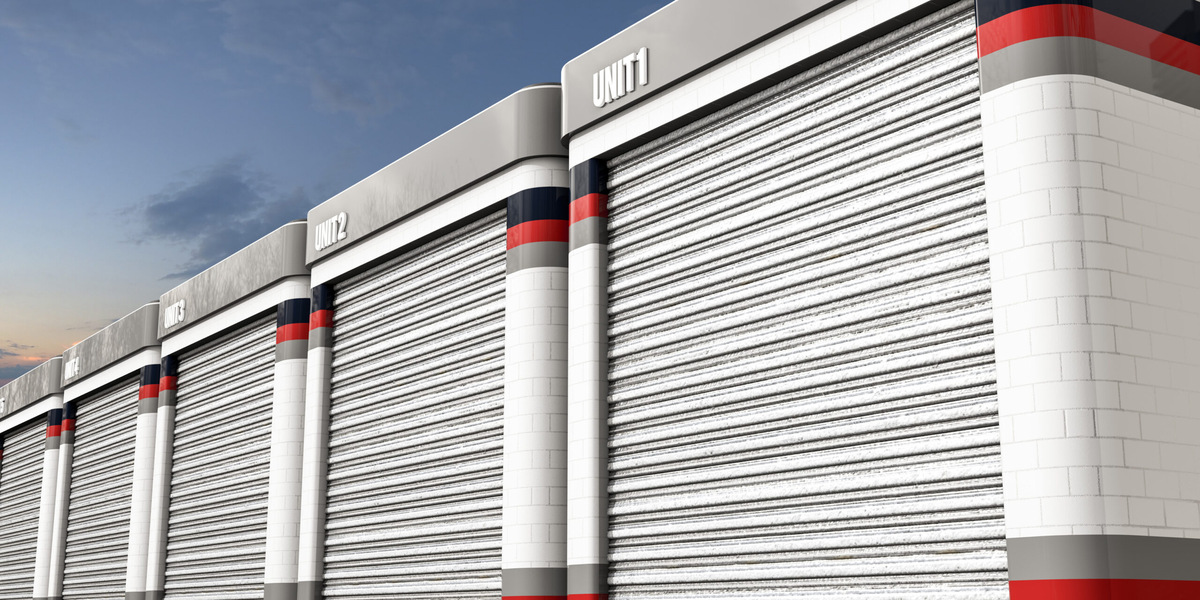


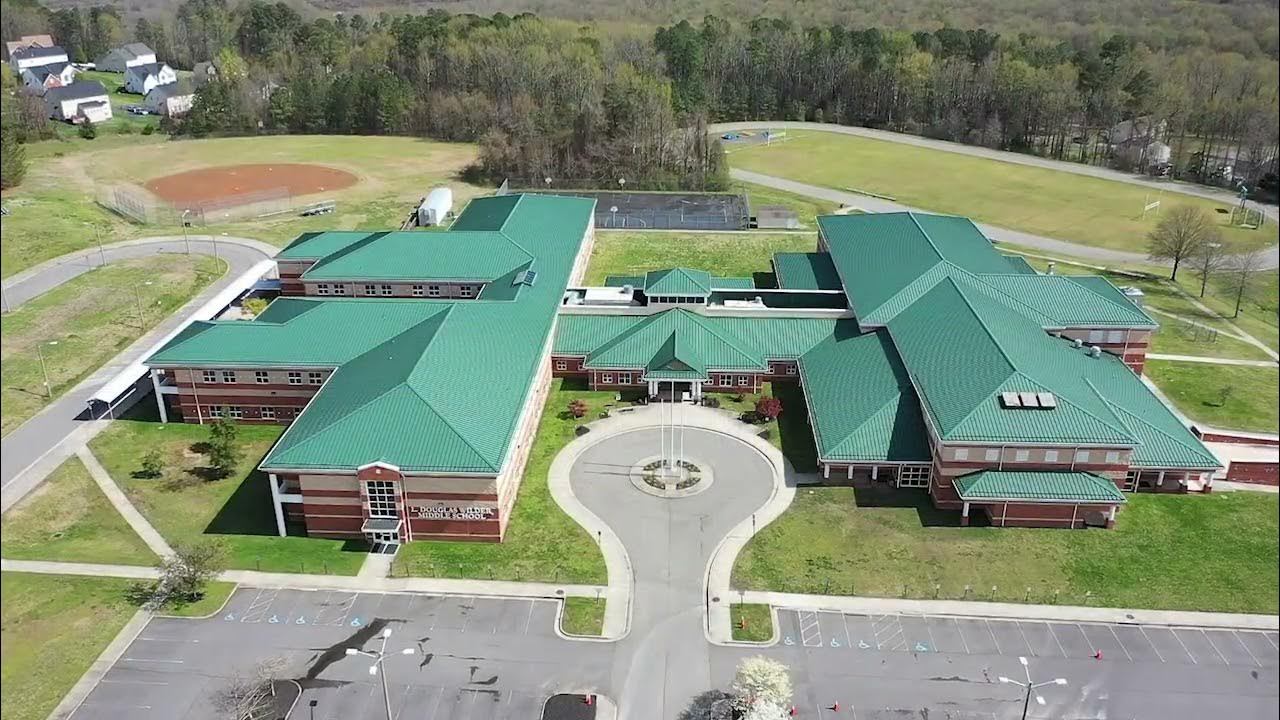
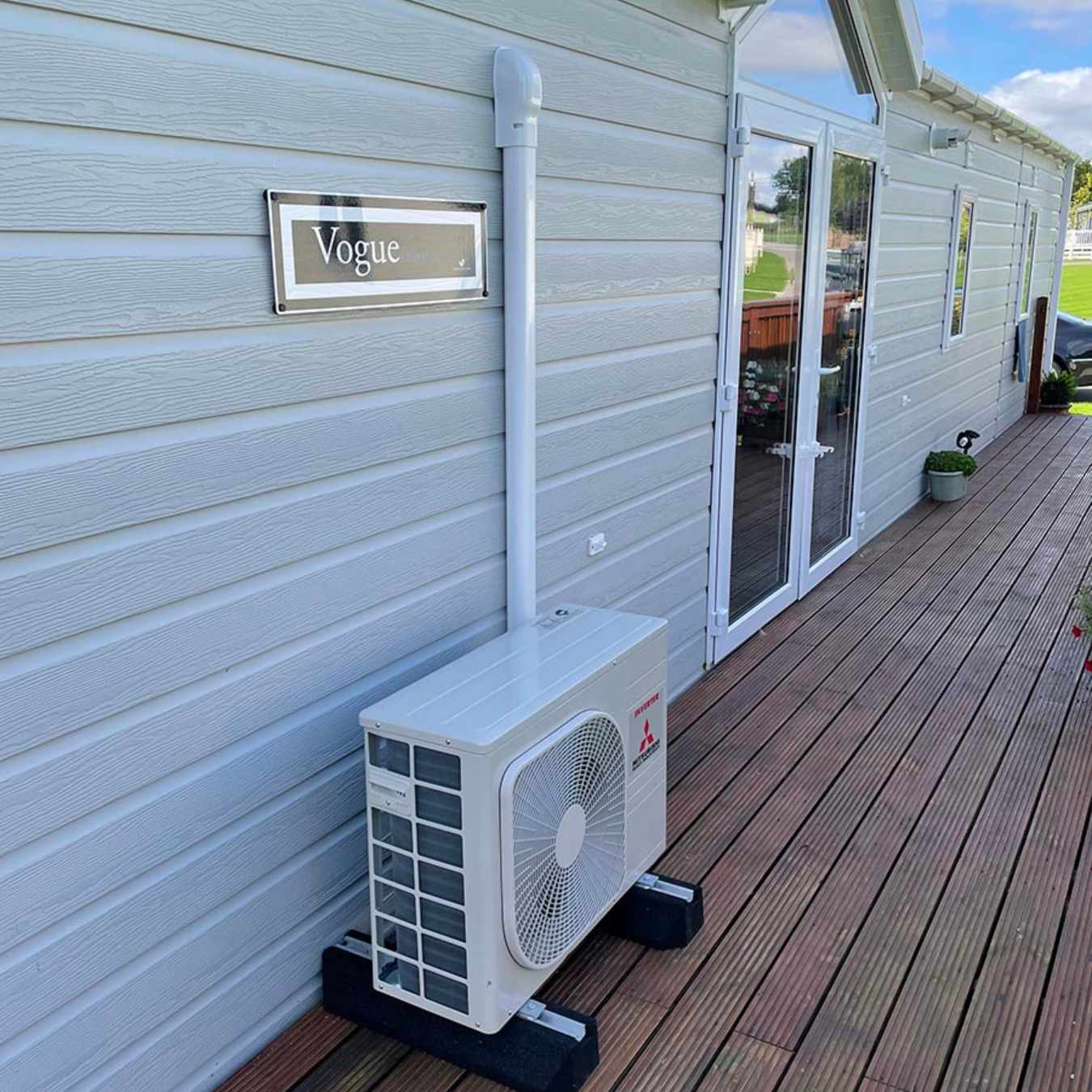

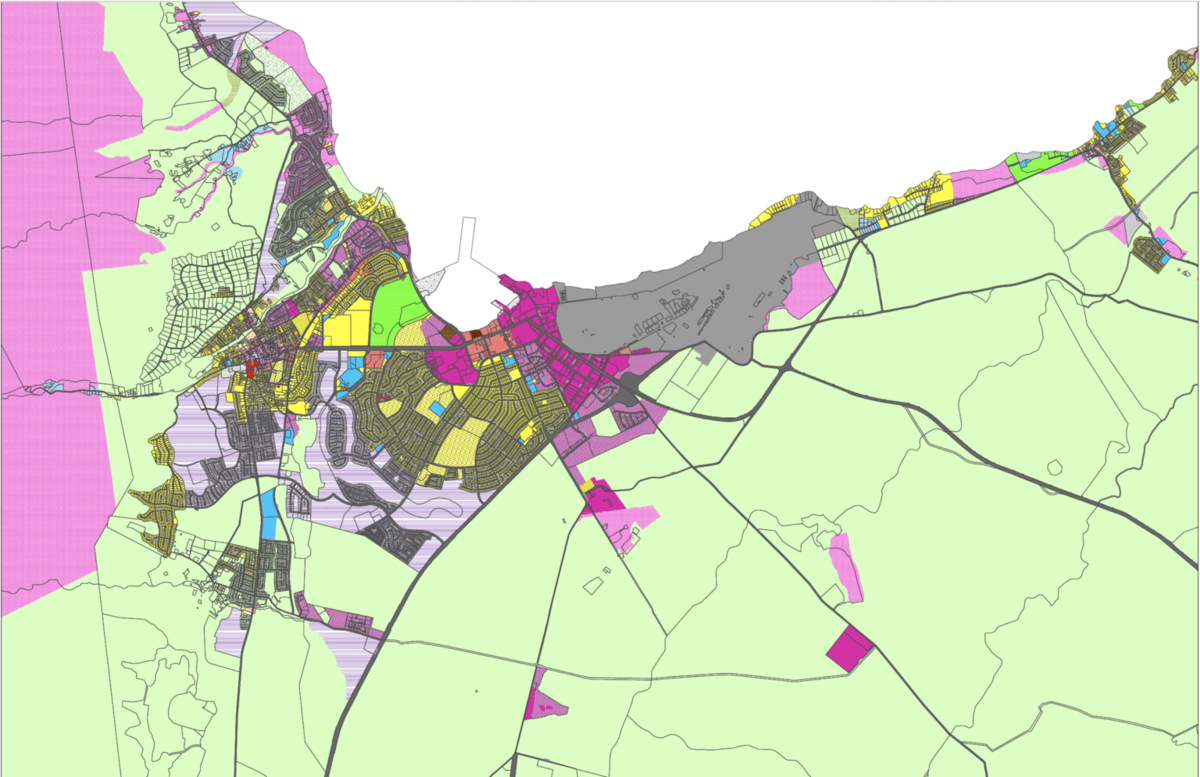

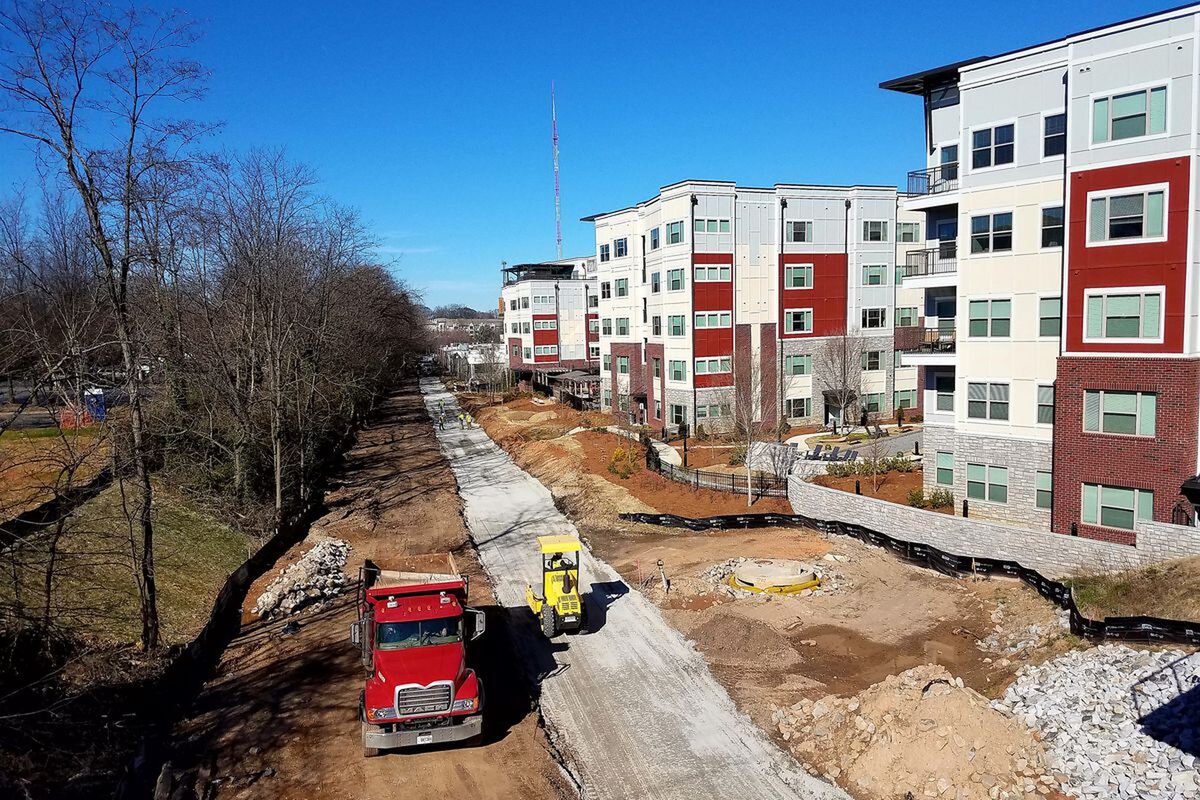
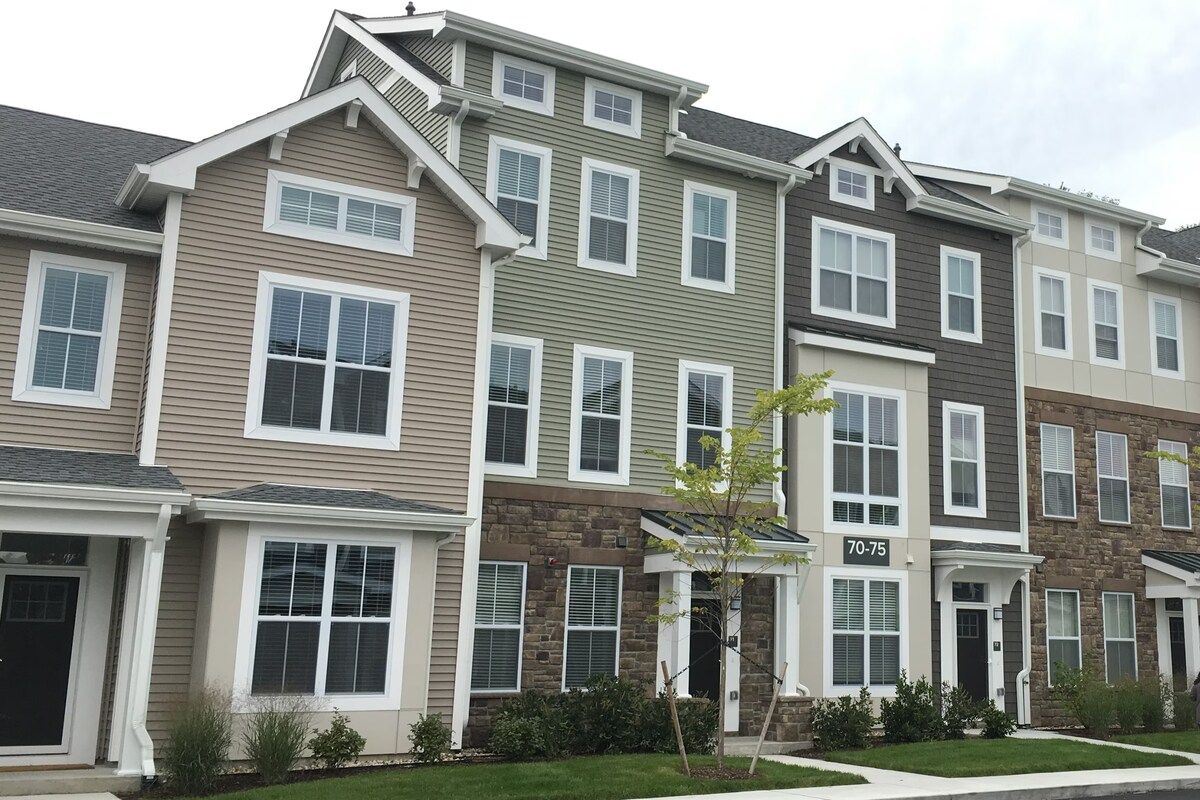
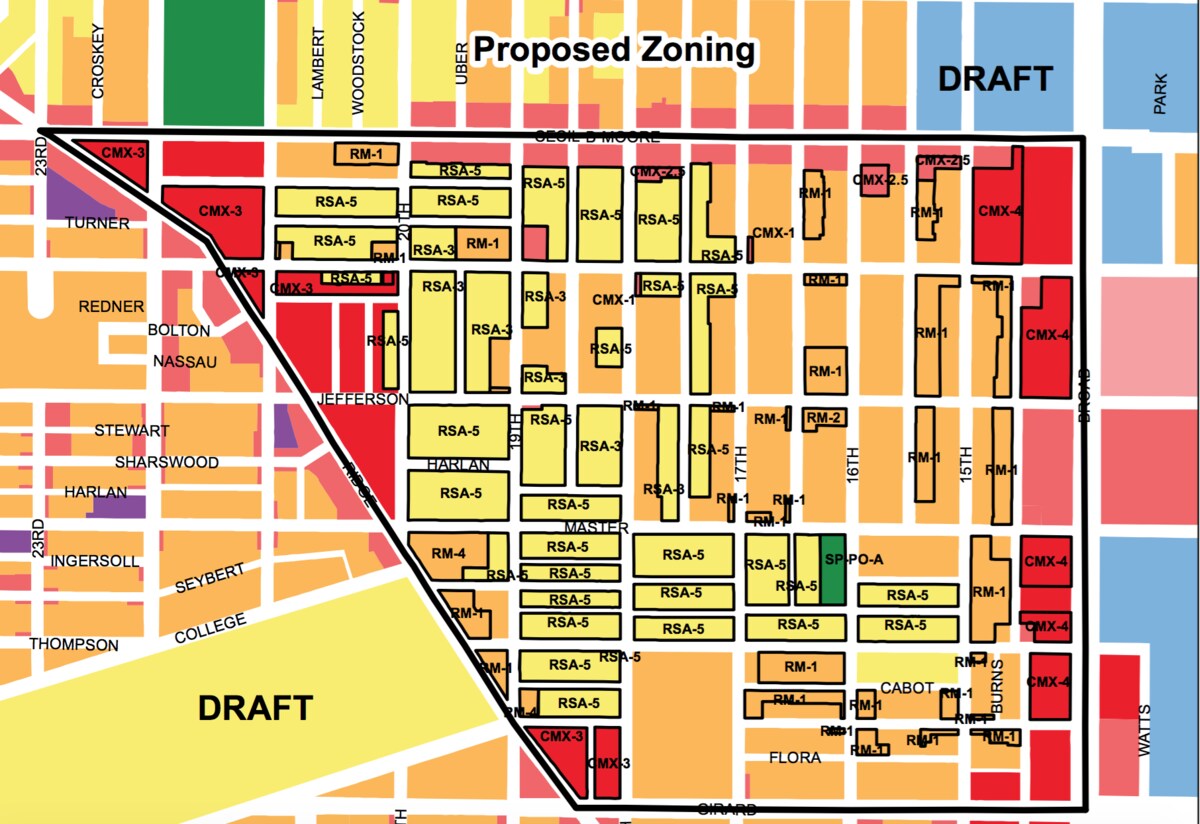

0 thoughts on “What Zoning Allows Mobile Homes”